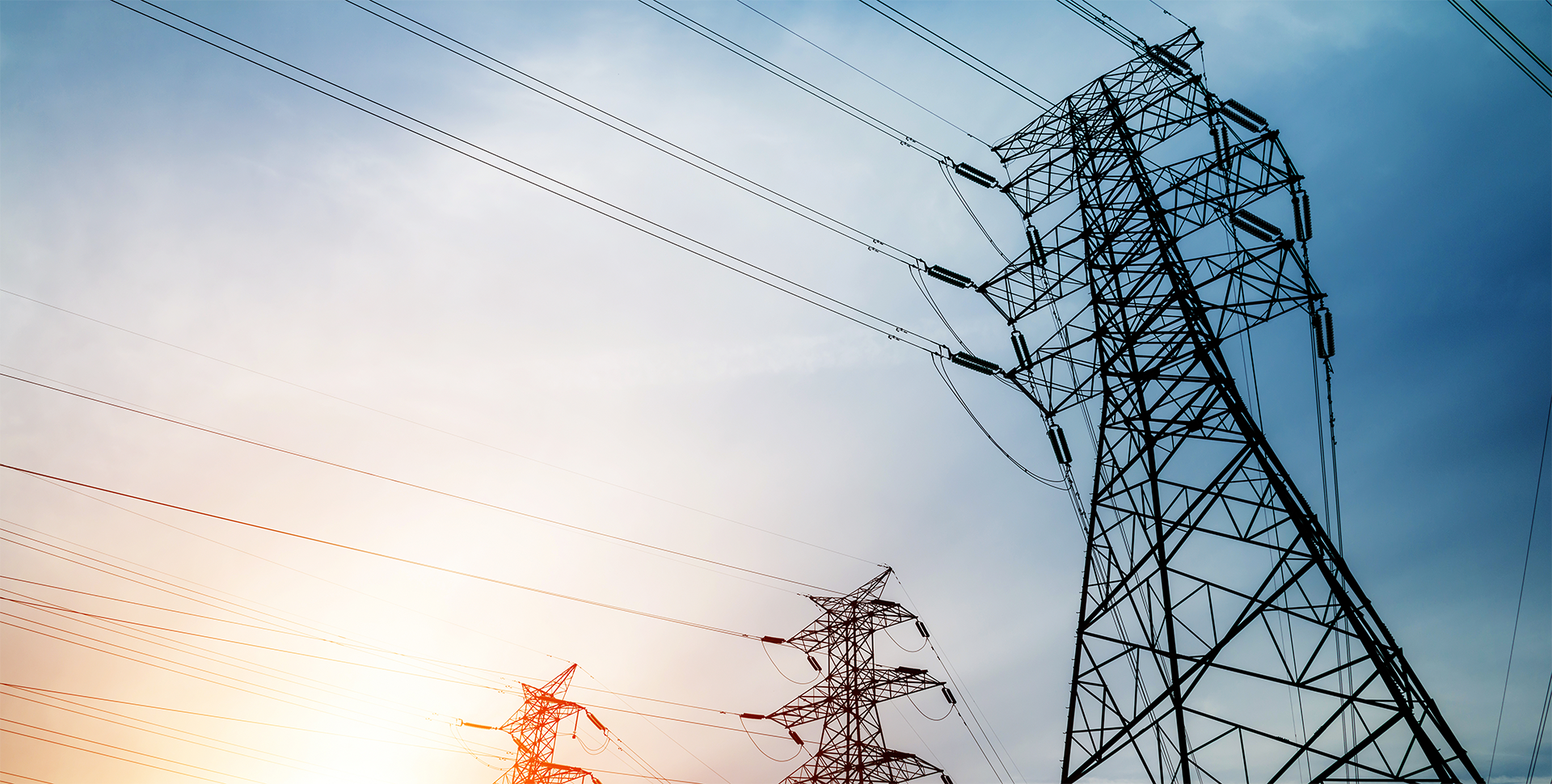Infrastructure
Insuring clean water infrastructure


According to the World Health Organization, 2.2 billion people lack access to safely managed drinking water, putting them at risk for disease. One example can be found in Hemmathagama, Sri Lanka, where families from seven towns drink untreated, raw water from the Auphinella River. But a new intake and water treatment plant promises to change that. Each of the villages will have its own water reservoir, which will connect to the main water treatment plant via a newly laid out pipeline network.
The Dutch construction and development company Ballast Nedam is responsible for the entire project from its design and construction to its connection to 17 000 homes. And Swiss Re Corporate Solutions is one of two co-insurers providing Contractors’ All Risks Insurance, including cover for the construction phase as well as maintenance cover for up to 12 months after completion of the project.
17 000
Homes in Hemmathagama will be connected to a new water supply network
Hemmathagama’s mountainous terrain offers one key advantage: due to the differences in height, the water supply can use gravity to aid distribution. This eliminates the need for water pumps, minimising the impact on the environment. Because the pipes run partly underground and partly above ground across many of the residents’ properties, local consent and community enthusiasm is key to the success of the project. For this reason, Ballast Nedam relies on a Sri Lankan community engagement manager to handle all agreements made in each village. In addition, local Sri Lankan contractors will install the pipes connecting the houses to the main water distribution network. Finally, Ballast Nedam is also training the Sri Lankan team that will be responsible for the continued maintenance and operation of the water treatment plant.
Once the project is completed (scheduled for September 2022), the clean drinking water delivered to Hemmathagama’s residents will contribute to reducing disease, easing the pressure on the region’s healthcare system.
Building an electrical superhighway


As part of its plan to transition to a low-carbon economy, Germany has pledged to generate 80% of its power from renewables in 2030. While electricity from offshore wind is produced in the north, such as the North Sea and the Baltic Sea, southern Germany is heavily populated and is a hub for the manufacturing industry. Hence, transmission lines with huge capacities are needed to transport electricity to consumers.
New transmission lines are a key component of the envisaged energy transition. Approximately one third of Europe’s energy grids are already over 40 years old. This figure is likely to exceed 50% by 2030. Older grids are unlikely to meet modern energy requirements: they lack capacity and are more inefficient, losing a higher proportion of energy during transmission. It is estimated that European power distribution grids will require EUR 375 – 425 billion of investments by 2030.
Swiss Re provides construction insurance to the SüdLink, the largest renewable energy infrastructure project in Germany. As an electrical superhighway, also known as a high-voltage direct current (HVDC) transmission system, it runs completely underground over a distance of 700 kilometres. HVDC is more efficient than traditional AC (alternating current) grids, losing less energy during transmission. With a capacity of 4 gigawatts, SüdLink brings electricity from 10 major offshore wind farms to ten million households. The project updates existing infrastructure and advances the energy transition.
10 million
German households connected to offshore windpower